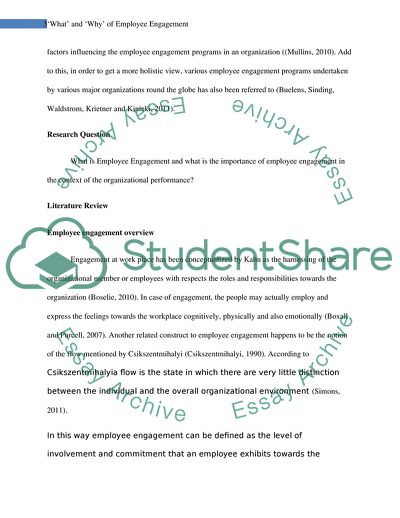Cite this document
(The What and Why of Employee Engagement Research Paper, n.d.)
The What and Why of Employee Engagement Research Paper. https://studentshare.org/human-resources/1802465-the-what-and-why-of-employee-engagement
The What and Why of Employee Engagement Research Paper. https://studentshare.org/human-resources/1802465-the-what-and-why-of-employee-engagement
(The What and Why of Employee Engagement Research Paper)
The What and Why of Employee Engagement Research Paper. https://studentshare.org/human-resources/1802465-the-what-and-why-of-employee-engagement.
The What and Why of Employee Engagement Research Paper. https://studentshare.org/human-resources/1802465-the-what-and-why-of-employee-engagement.
“The What and Why of Employee Engagement Research Paper”. https://studentshare.org/human-resources/1802465-the-what-and-why-of-employee-engagement.


